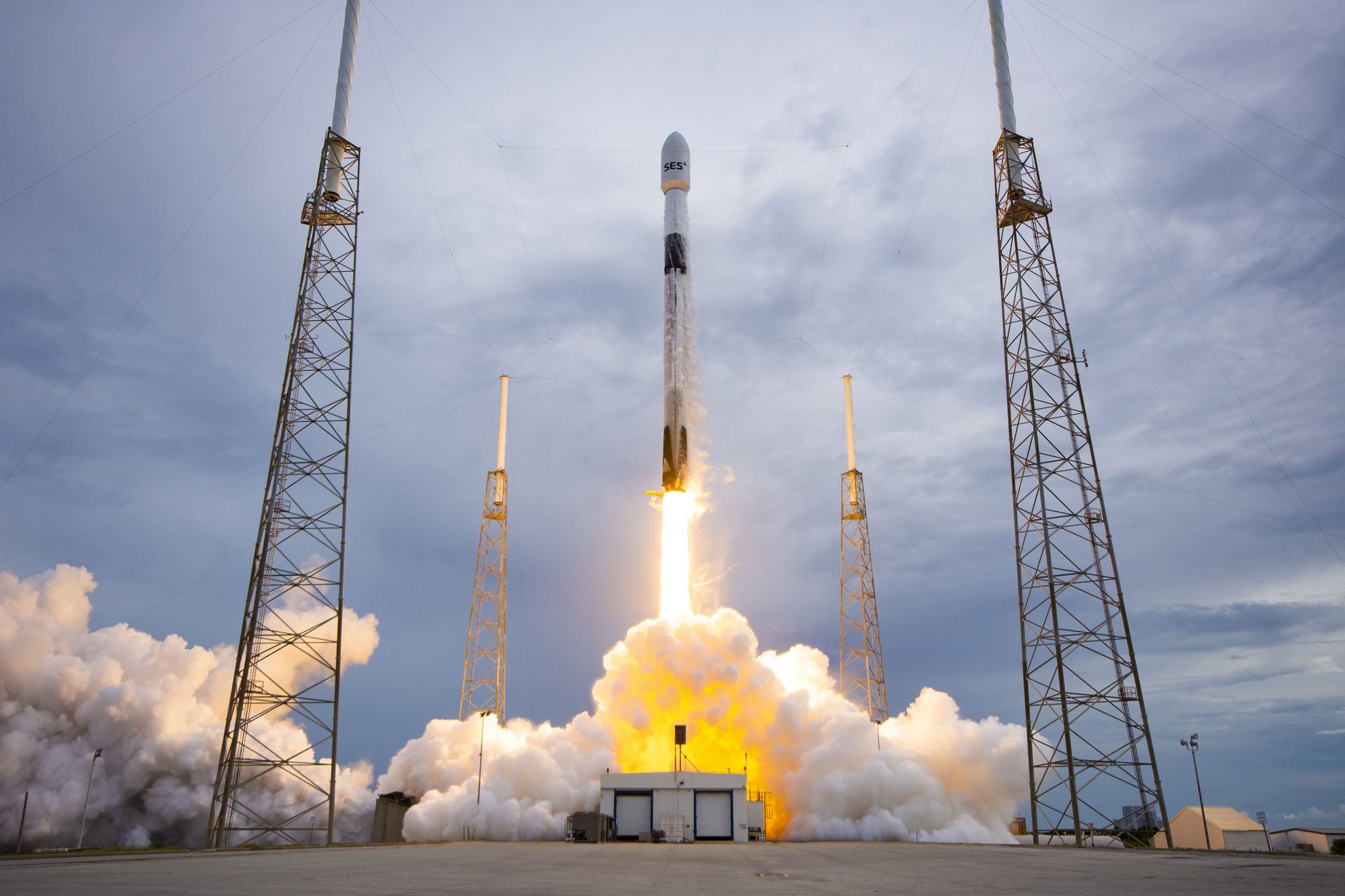
After more than 40 years of operation, DTVE is closing its doors and our website will no longer be updated daily. Thank you for all of your support.
SES-22 satellite successfully launches

The SES-22 satellite was successfully launched on Wednesday, the satellite maker has confirmed.
The satellite was onboard a paceX Falcon 9 rocket that was launched into space from SpaceX’s Space Launch Complex 40 at Cape Canaveral Space Force Station.
This is the first SES C-band satellite dedicated to freeing up the lower 300 MHz of C-band spectrum. It has been built by Thales Alenia Space, and will operate in the 135 degrees West orbital slot to deliver TV and radio to millions of American homes when it starts operating in early August.
The satellite is part of a broader FCC programme to clear a portion of C-band spectrum to enable wireless operators to deploy 5G services across the contiguous US (CONUS). Satellite operators are required to transition their existing services from the lower 300 MHz to the upper 200 MHz of C-band spectrum to make room for 5G.
Between now and December 2023, SES will launch five satellites – SES-18, SES-19, SES-20, SES-21 and SES-22 in 2022.
Steve Collar, CEO of SES, said: “We are thrilled with the successful launch of SES-22, thanks to our partners at Thales Alenia Space and SpaceX. The launch of SES-22, together with other upcoming C-band satellite launches scheduled this year, will enable us to continue providing the high-quality services that our customers have been accustomed to over the last several decades, while freeing up spectrum that will enable the US to rapidly unlock the promise of 5G.”
Hervé Derrey, president and CEO of Thales Alenia Space, said: “The successful launch of SES 22 is the result of our long-standing and fruitful collaboration with SES. This achievement reflects the robustness and flight-proven heritage of our Spacebus 4000 B2 platform combined with our ability to timely and quickly deliver SES-22, two key elements leading to the decision of SES working with us to replace its existing C-Band fleet.”


